Next time you want to see HT-7, you will have to go to its new home, ASIPP new energy center premises in Huainan city, 80KM west of Hefei. It will ultimately become a museum exhibit, showcasing an important period of history as a witness of China fusion research development in the past two decades.
Recently HT-7 tokamak has officially been endorsed to retire by Chinese Academy of Sciences and Ministry of Environmental Protection of the People’s Republic of China, after three-month review on its retirement possibility, feasibility and plan, environment impact and scrap equipment assessment. This is the first mega-science device that has ever been taken out of service in China.
HT-7, the world’s fourth and China’s first superconducting tokamak, entered service in 1995, has fulfilled its scientific missions, running nearly 20 rounds of experiments, discharging 11800 plasma shots, nurturing three generations of Chinese fusion scientists, achieving 400-second record long plasma discharges.
Its story dated back to early 1990 when Academician B. Kadomtsev, former director of Nuclear Fusion Institute, RRC “Kurchatov Institute ” expressed their willingness to transfer T-7 tokamak to ASIPP as a gift in his letter to ASIPP. After discussing with his colleagues and giving full consideration to the logistics and management feasibility, technical difficulties, engineering and physics challenges as well as the advantages that reconstructing T-7 in Hefei could bring, Academician Huo Yuping, ASIPP director of that time, made a quick and bold decision to accept the offer. This decision got strong support from Chinese Academy of Sciences and other government authorities.
From 1991 to 1994, T-7, together with its cryogenic and power supply and other subsystems, was transported to Hefei. Despite of economic hardship at that time, ASIPP, with Russian scientists’ participation and help, pooled all its human and financial resources to rebuild T-7 tokamak, which was renamed “HT-7”, with an additional “H” standing for Hefei city. After commissioning in March 1995, HT-7 was put into operation the same year, a milestone marking that China becomes the fourth country in the world after Russia, France and Japan that possesses a superconducting tokamak.
In the following years, to conduct long pulse high performance plasma operation and related physics researches on HT-7, ASIPP has developed dozens of systems and technologies, such as RF wall conditioning, water cool graphite limiter, 1.5MW/20-110MHz RF heating system, real time multi-variable feed-back plasma control system, 2.45GHz/1.2MW LHCD, and 30MW thyristor convertor in same phase anti- parallel connection with 4-quadrant circulating current operation mode.
In total, 118000 shots have been discharged in nearly 20 HT-7 experiment campaigns, exploring the graphite limiter operation mode, high parameter plasmas characteristics with wave heating and drive, and long-pulse high performance operation modes. On March 21, 2008, HT-7 achieved a 400-second plasma record, with central electron temperature of twelve million degrees, and central plasma density 0.5×1019m-3.
With HT-7 construction and operation, ASIPP has greatly enhanced its R&D capabilities, cultivated “a team of engineers and scientists braving hardship and challenges, a trustworthy team of accomplishments”. Meanwhile, ASIPP has promoted most extensive international cooperation with their foreign counterparts.
The valuable experiences and manpower built on HT-7 has paved the way for the successful EAST construction and operation, laid a solid foundation for China’s contribution to ITER. More importantly, it will become a great fortune for the future fusion study and projects.
To those who have worked for and on HT-7, it is a huge part of their lives, a legend of tears and laughter. October 12th, 2012 is another day to be remembered by ASIPP staff. On the day, three generations of ASIPP scientists gathered at HT-7 tokamak control room to witness the last plasma discharge of this beloved machine, and to say good-bye. HT-7 did not let them down, putting a beautiful full stop to its “career” by giving a mighty and last shot amid thunderous cheers and applause.
At last! Time to rest, old pal.
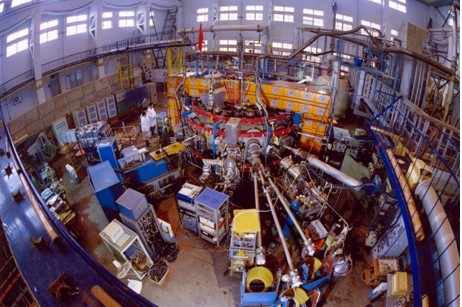
HT-7 Superconducting tokamak
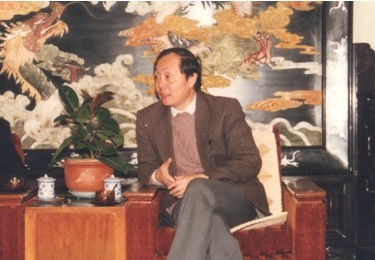
Academician Huo Yuping
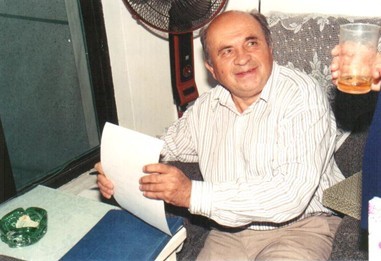
Academician B. Kadomtsev
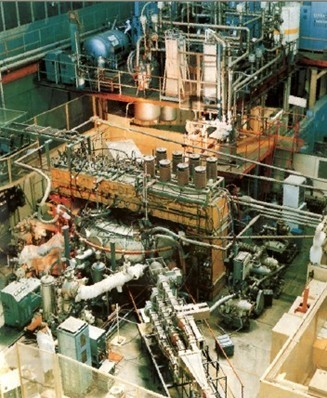
T-7 tokamak
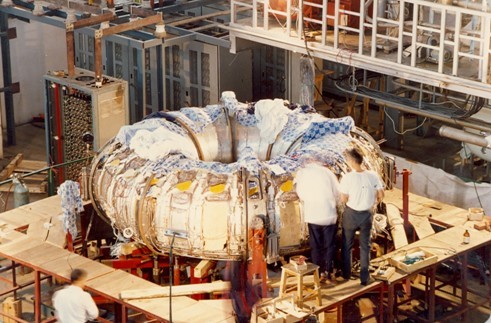
HT-7 vacuum vessel under reconstruction
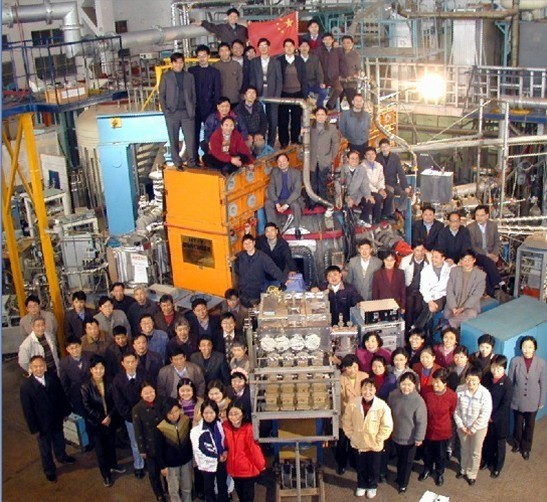
HT-7 team
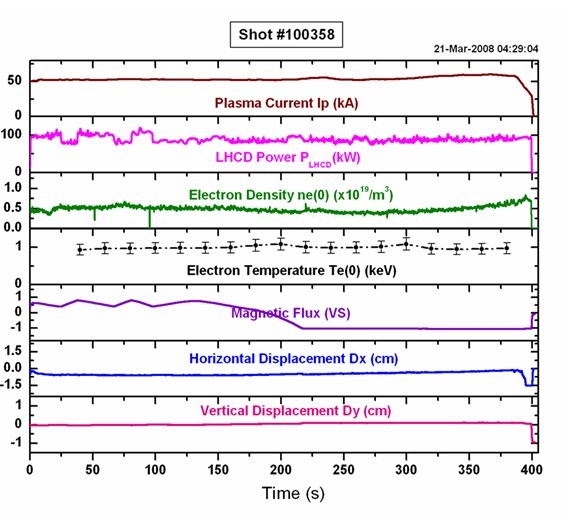
400-second plasma record
(Image by ASIPP)